Húsavík, Northern Iceland, July 2025
Glaumbær historic turf farm.
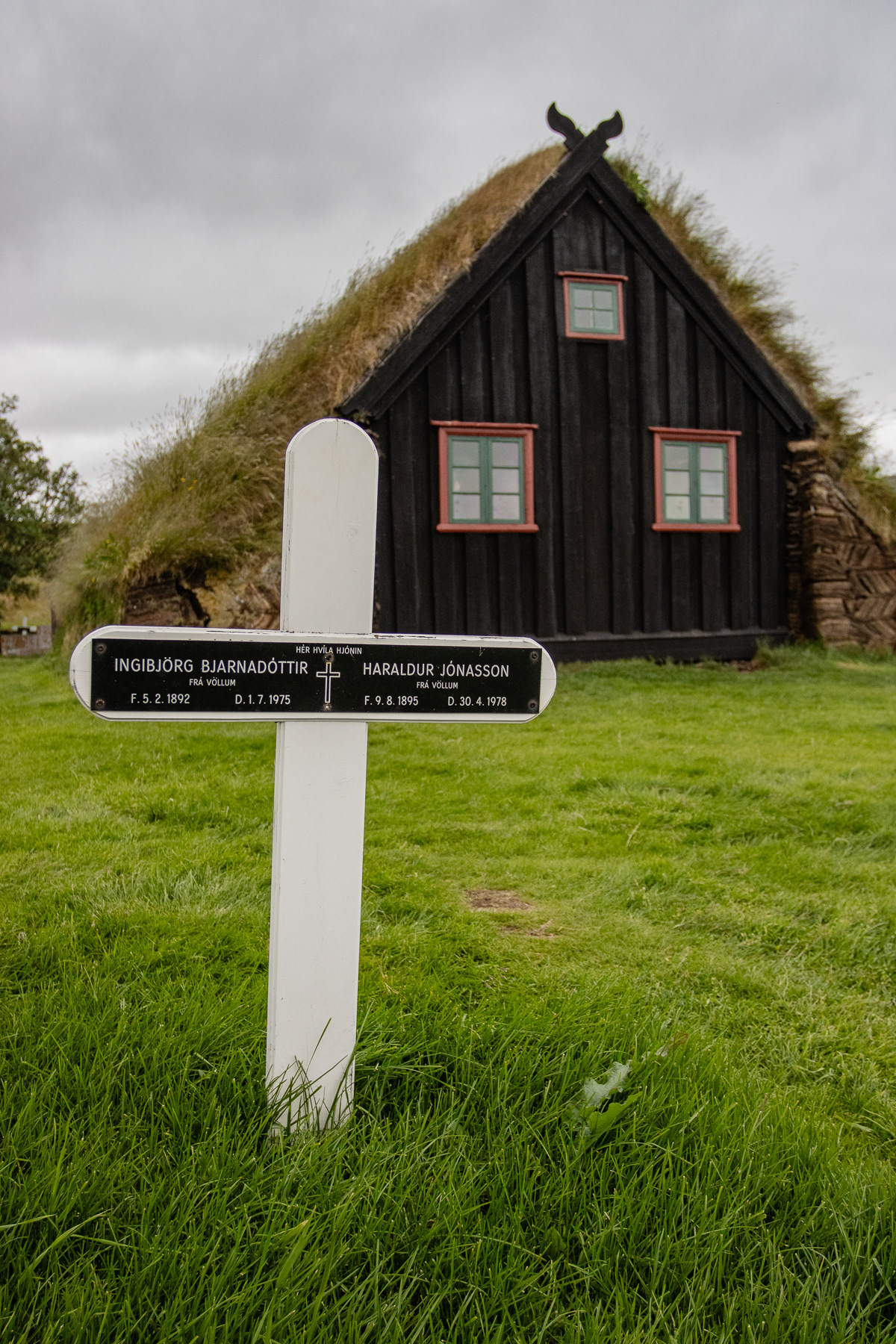
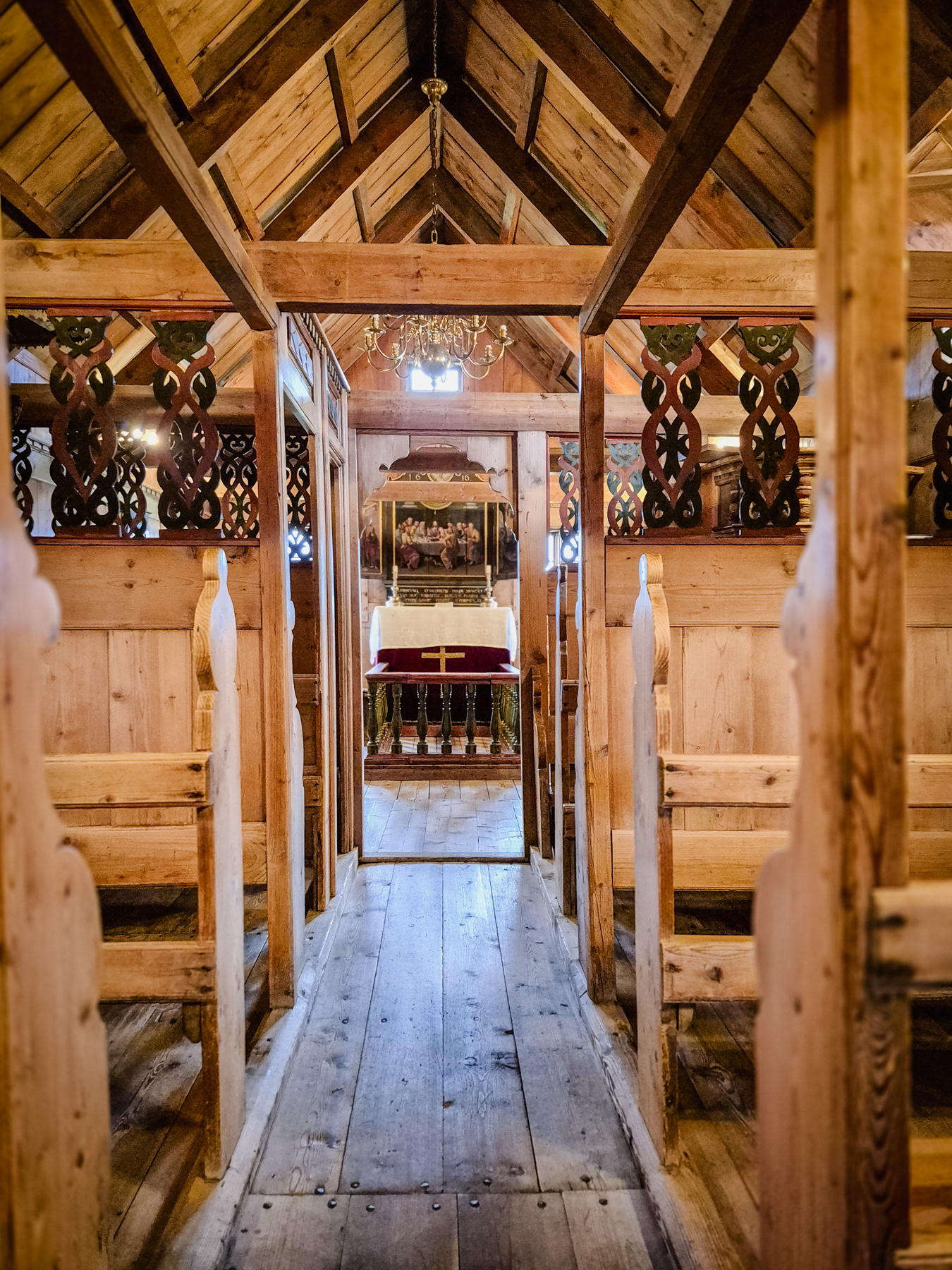
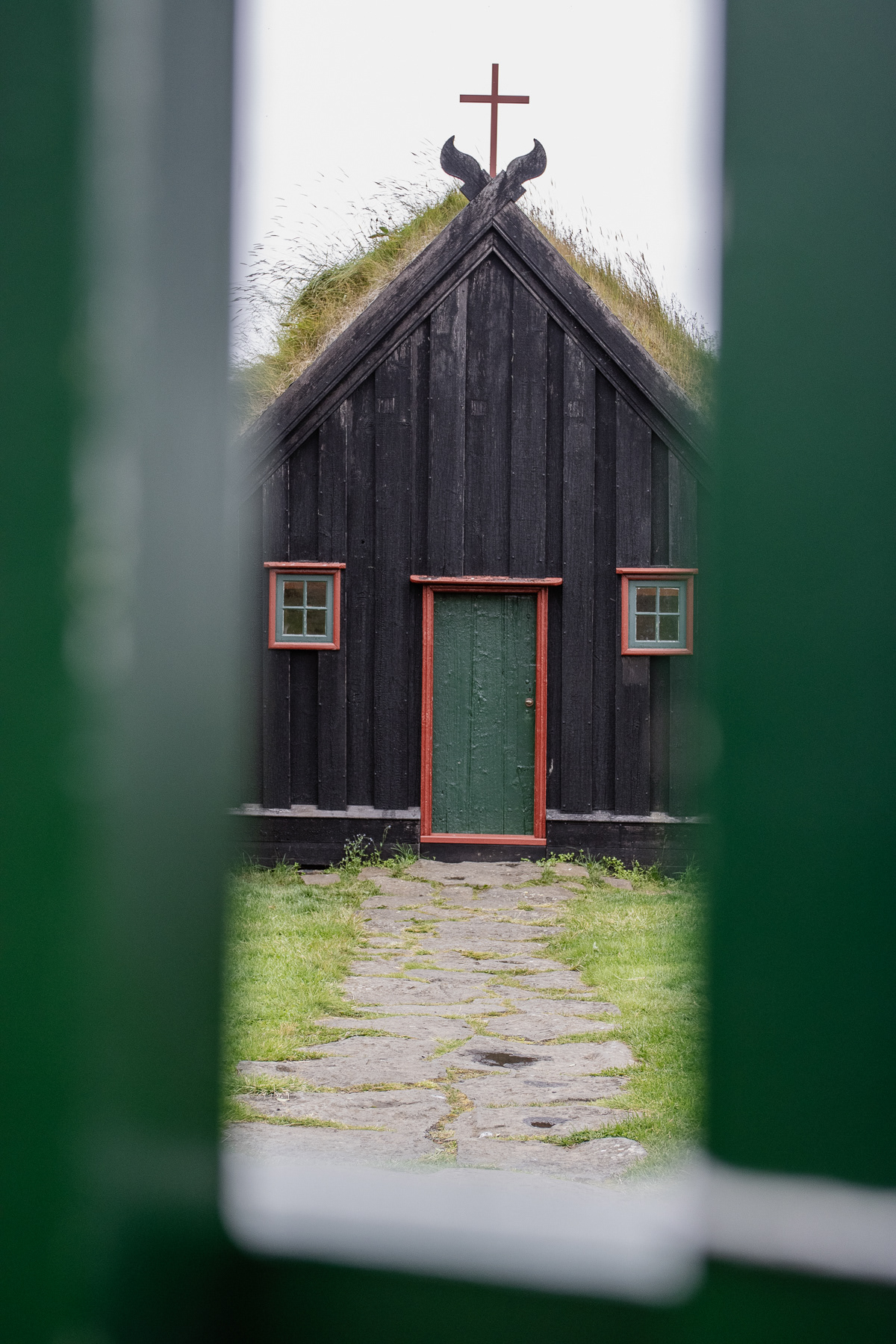
Víðimýri turf church. Norðurland, Iceland.
The Glaumbær historic turf farm, Northern Iceland.

Inside the Glaumbær historic turf farm

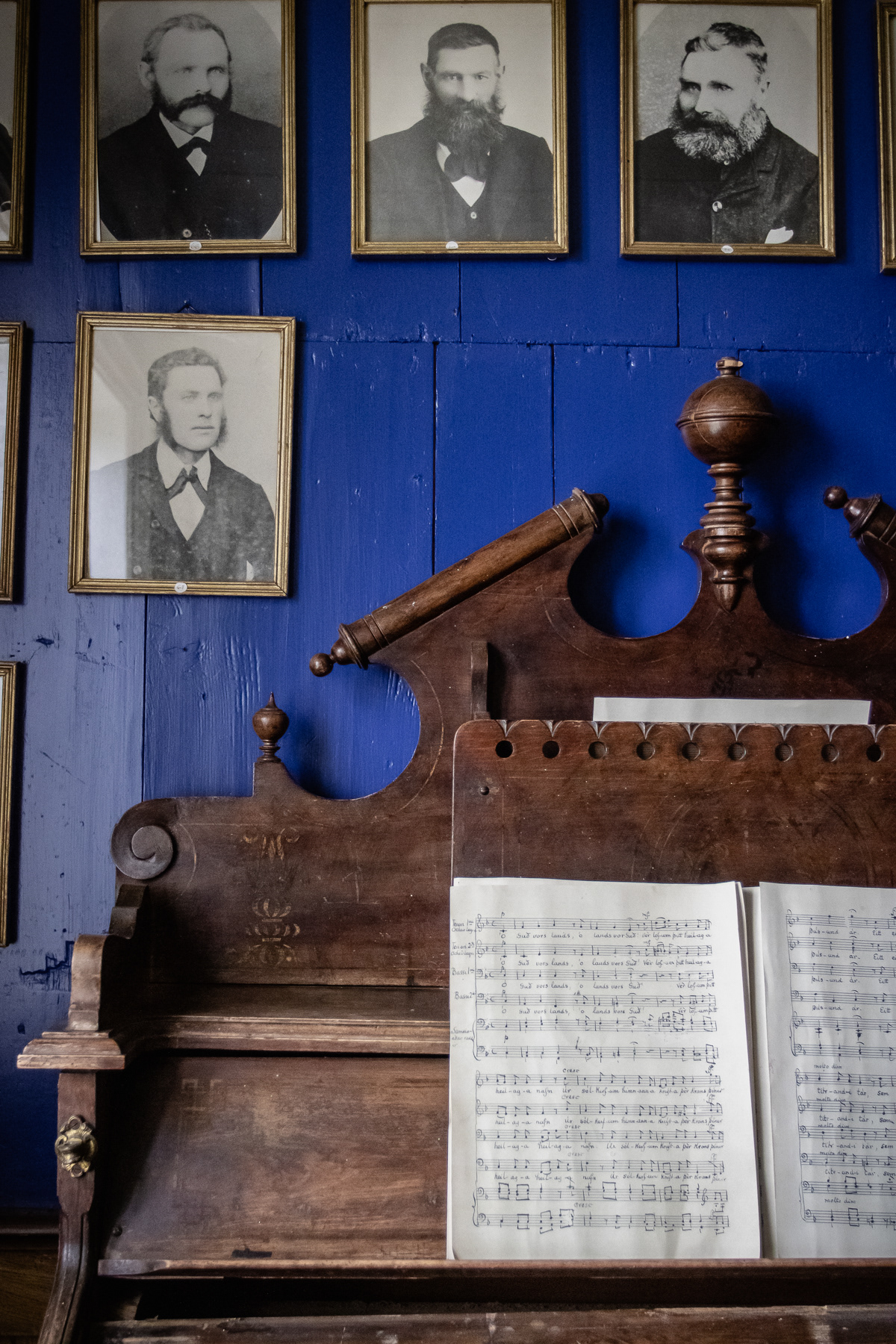
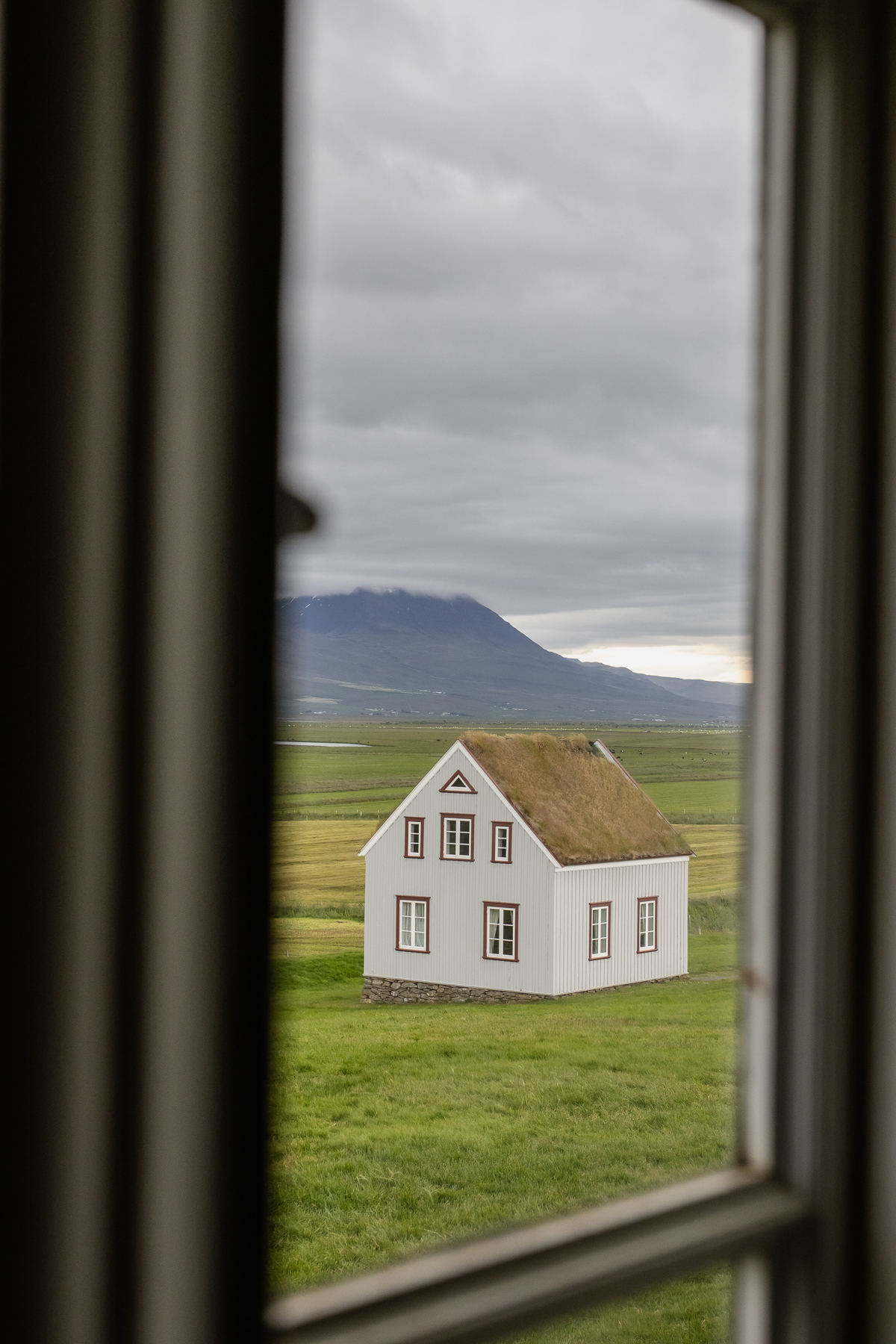
View at a more modern part of the farm.
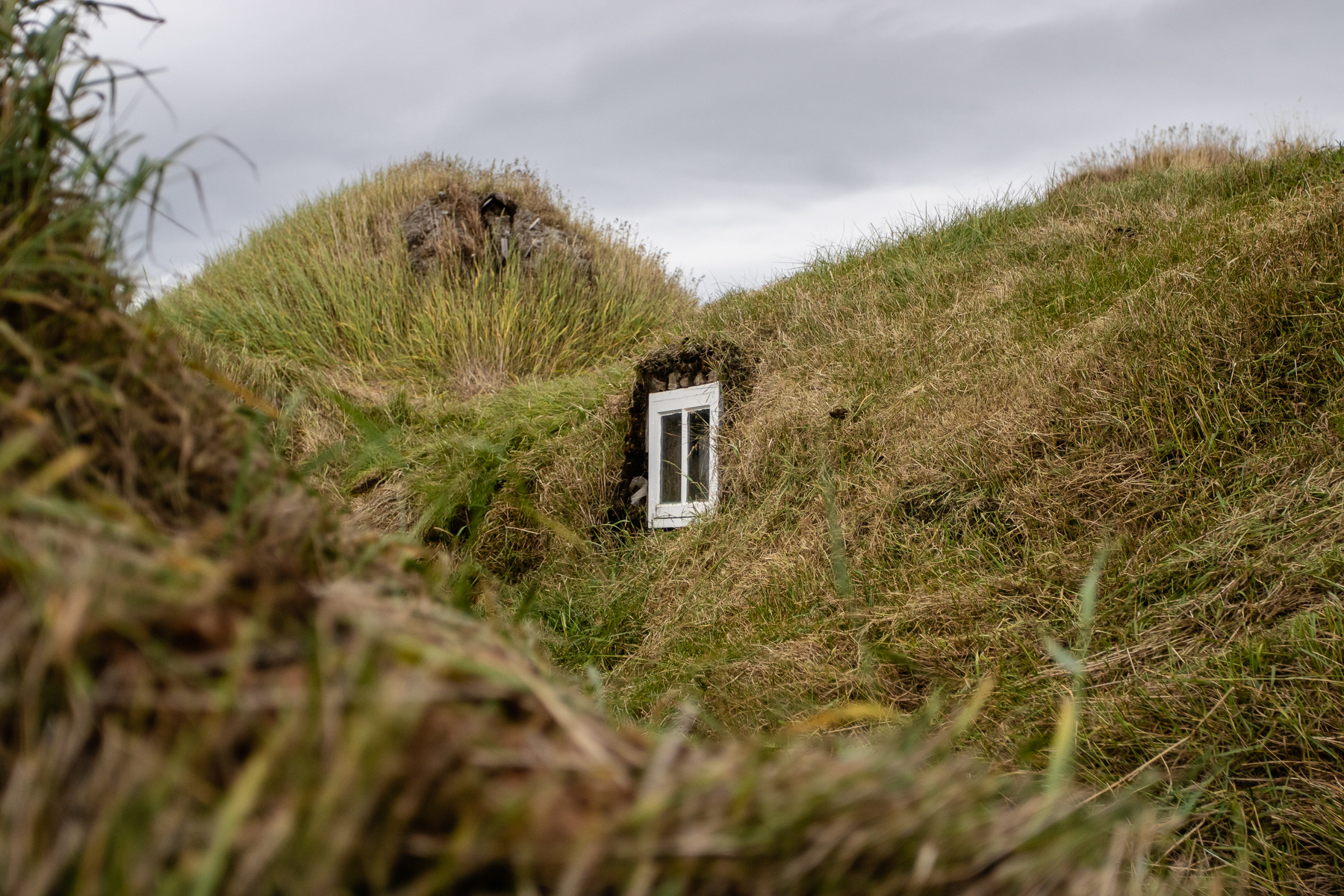
For a long time, windows were a pure luxury on Iceland. They are rare in the turf houses.
The biggest modern building of the former farm is a restaurant and café.

A small building turned into ticket office.

The mountains are never far away.

Inside the modern house pictured on the next photo.
A spotted common whimbrel (Numenius phaeopus).
The pedestrian bridge at the Goðafoss waterfall
Boats Saeborg, Dagfara and Sleiphir in the harbour of Húsavík, July 2025.
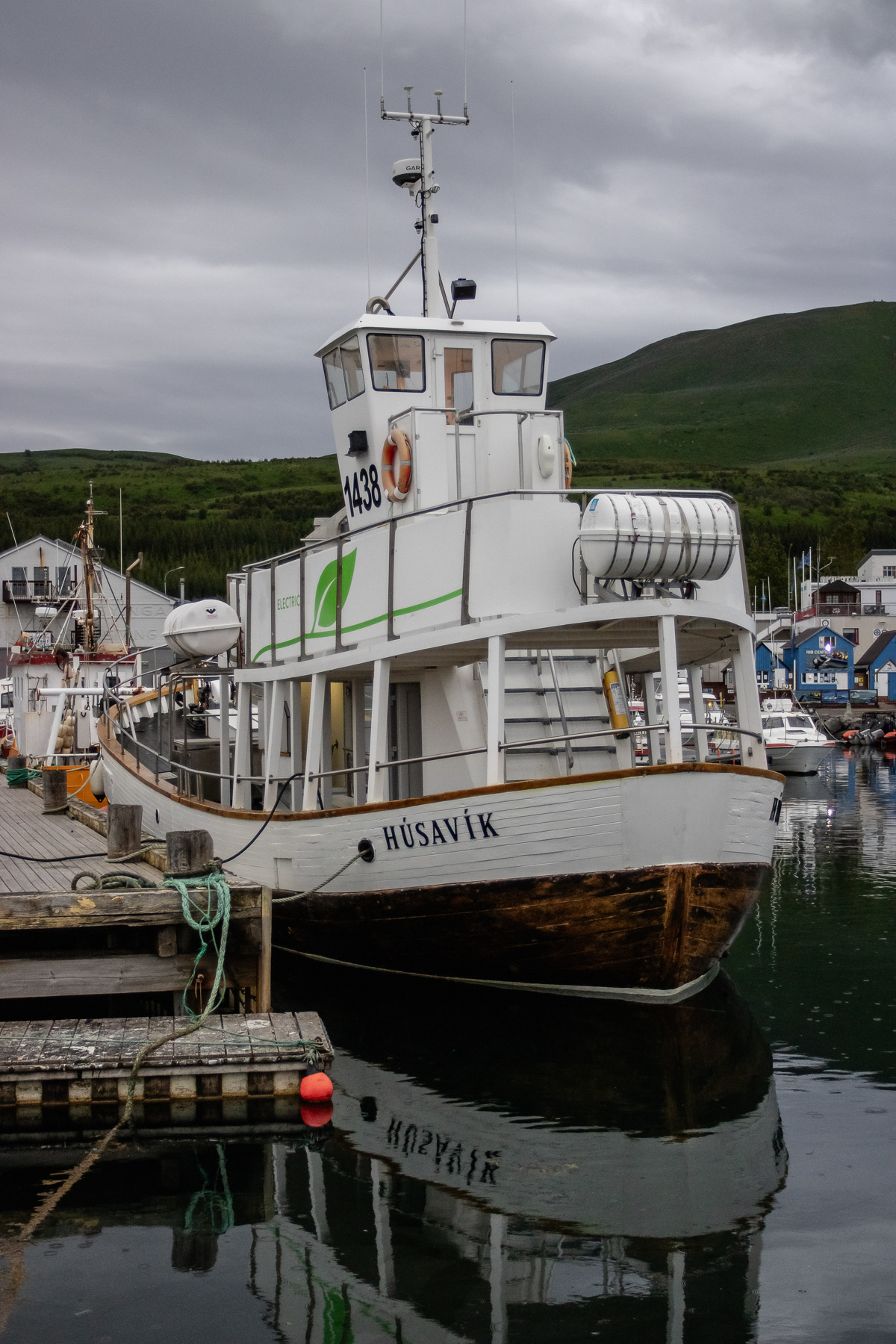

The church where in the Eurovision film musician Lars rings the bell multiple times.
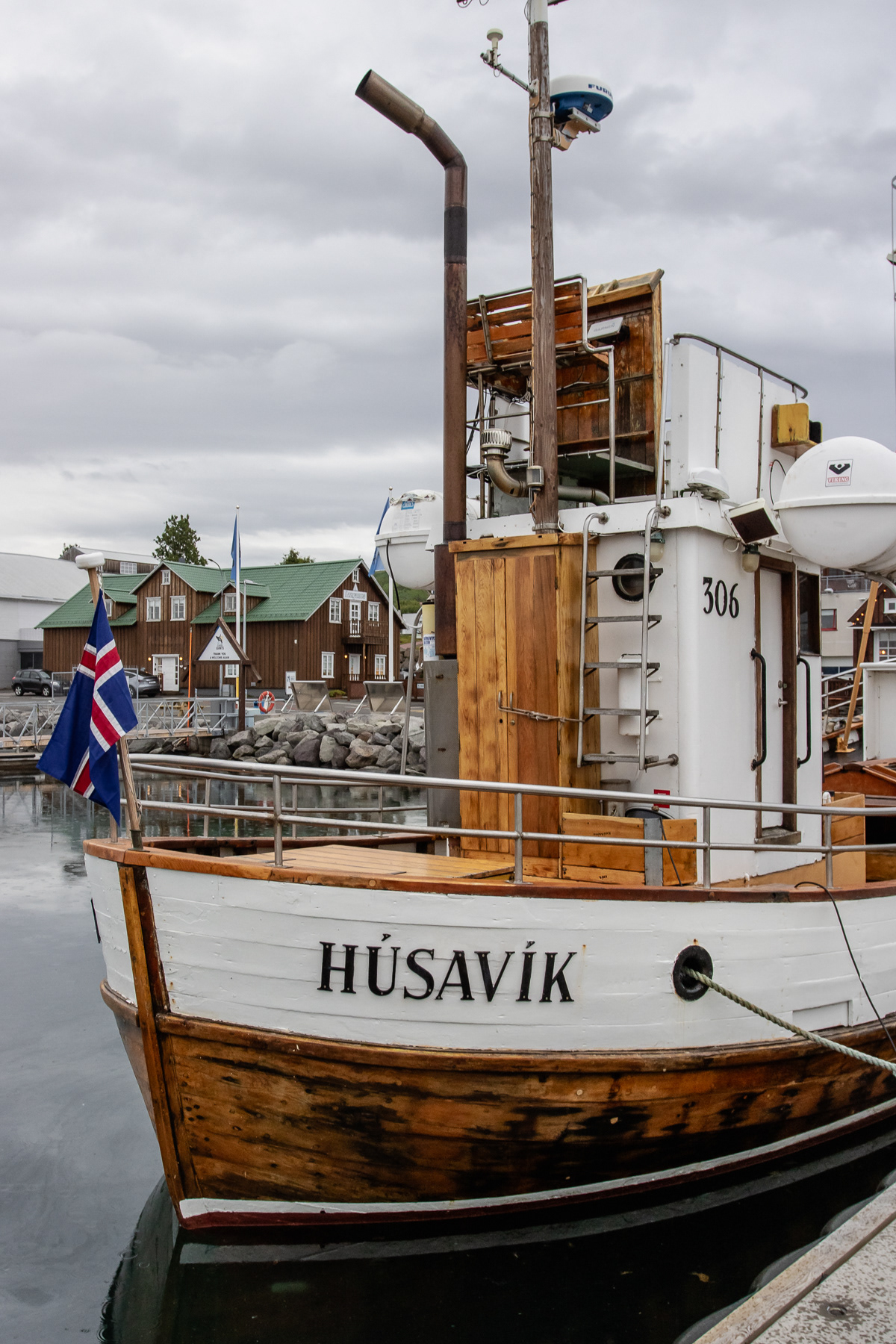

A gloomy evening in Húsavík.
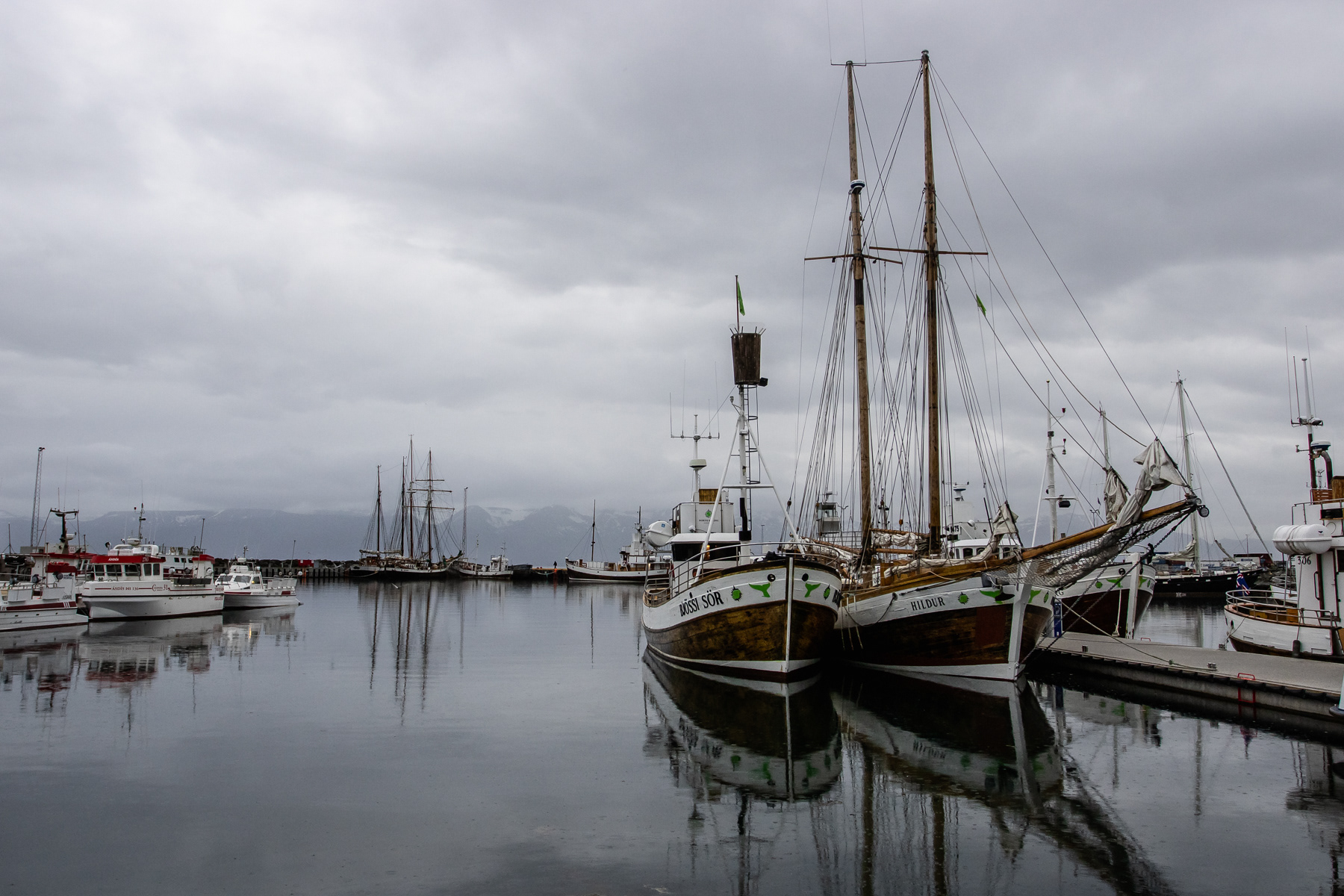

The boat Sylvía in the harbour of Húsavík
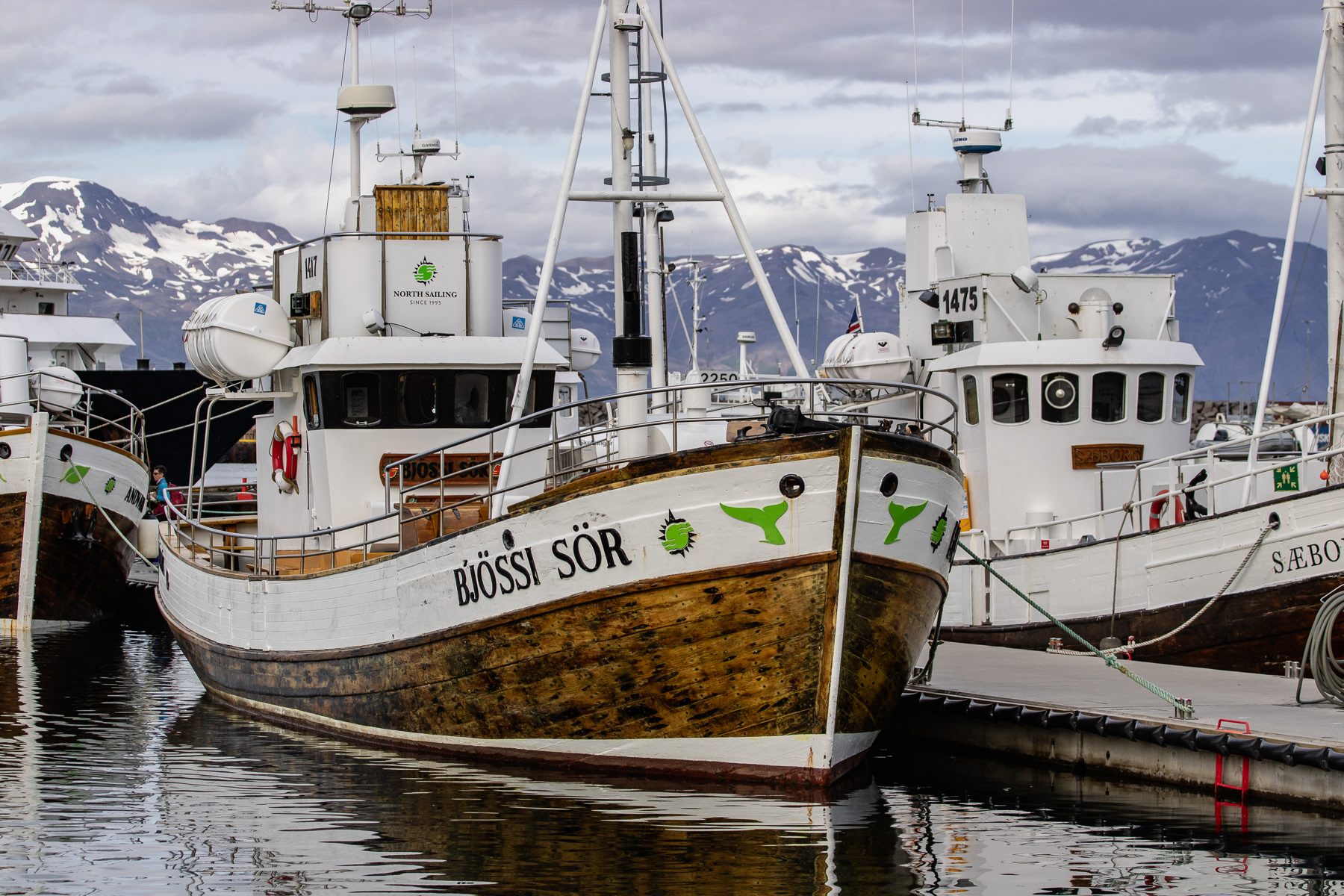
The boats Bjössi sör and Saeborg in the harbour of Húsavík.

Close up os Saeborg.
The Holland America Line cruise ship Nieuw Statendam anchored just outside the harbour of Húsavík, July 2025.
The Formansshus (mayor's house) in Húsavík of 1898.
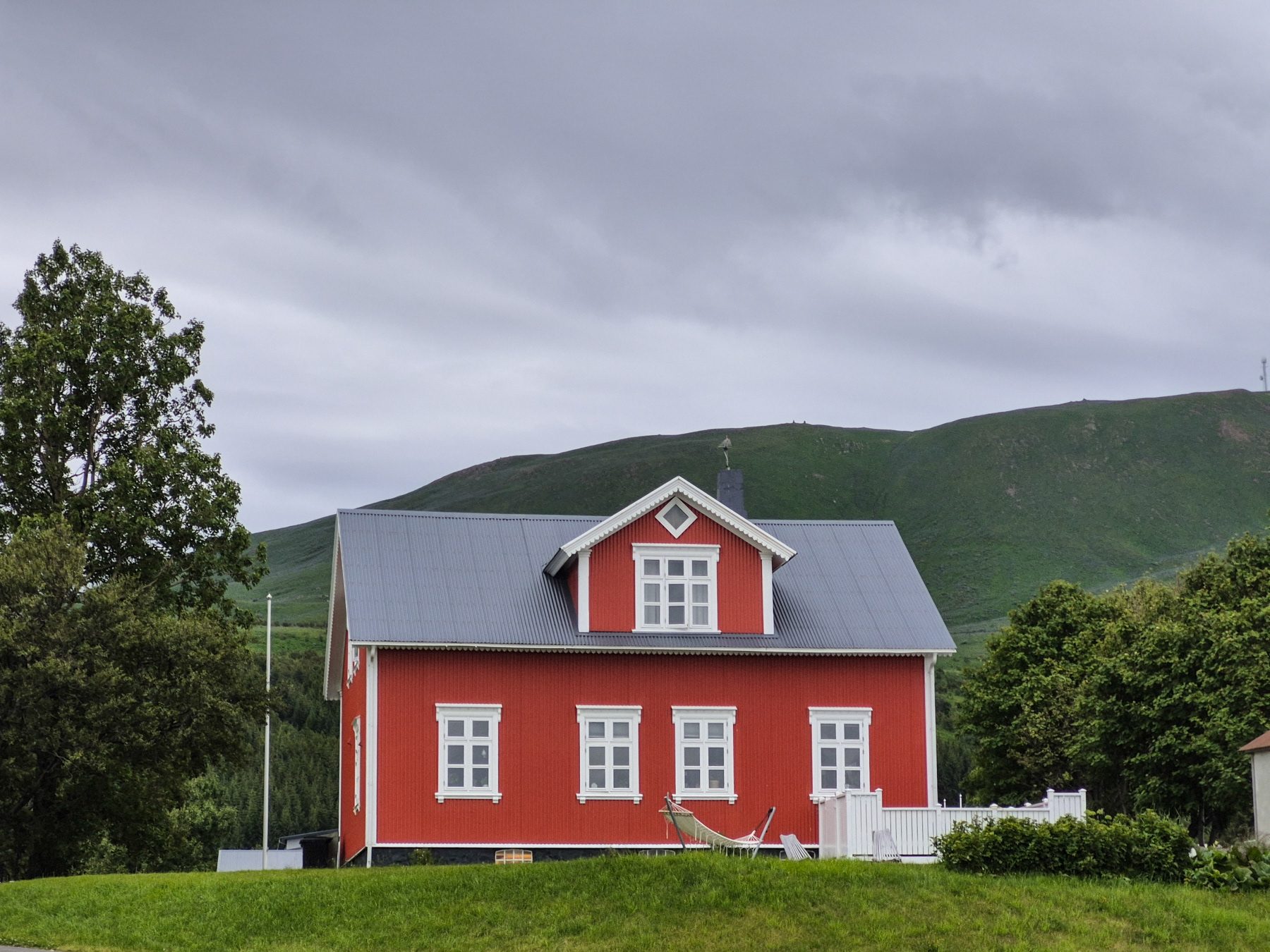
Another red house, this one higher up.
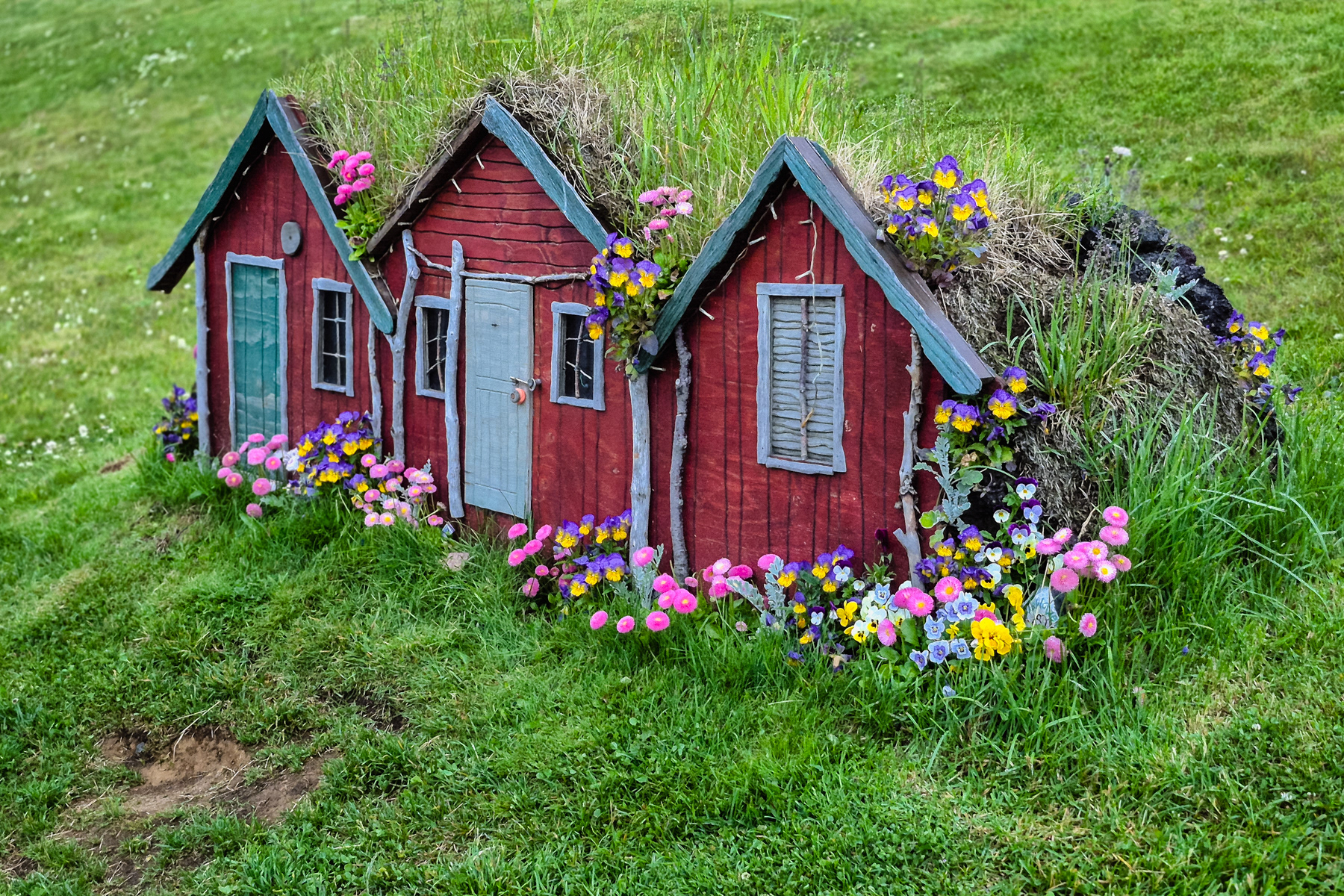
And the red elf houses.
"Rainbow" street in Húsavík.
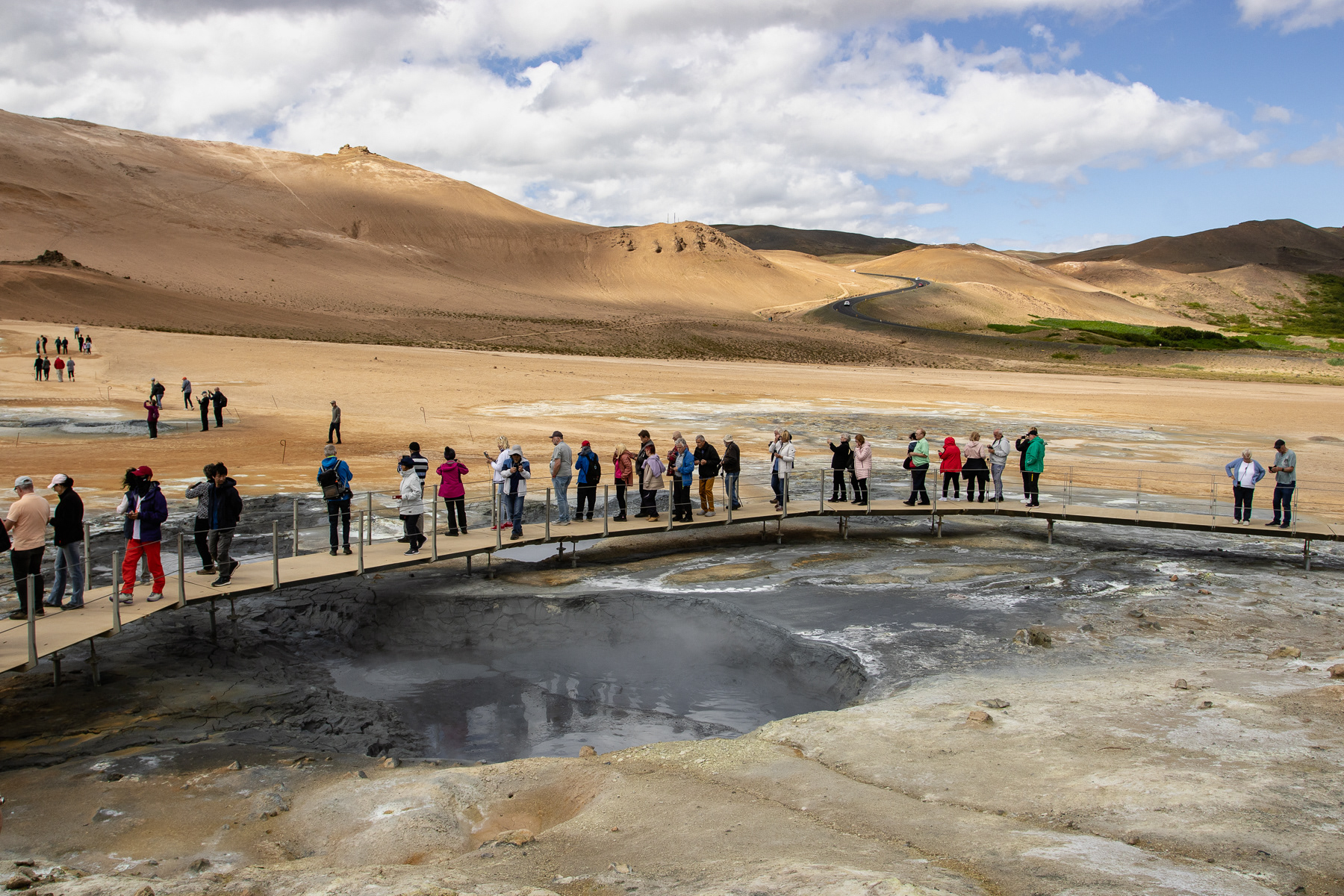
Hverir geothermal area.

A geodesic dome over a wellhead at Krafla.

Inside the Leirhnjúkur volcanic crater.

The Selfoss waterfall is just a short hike away from Dettifoss.
